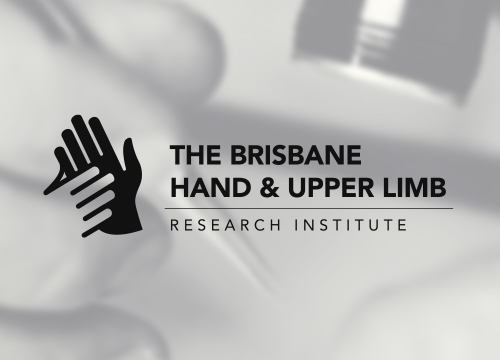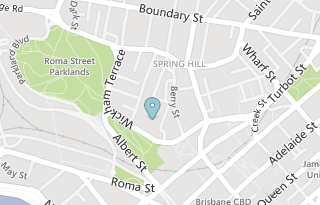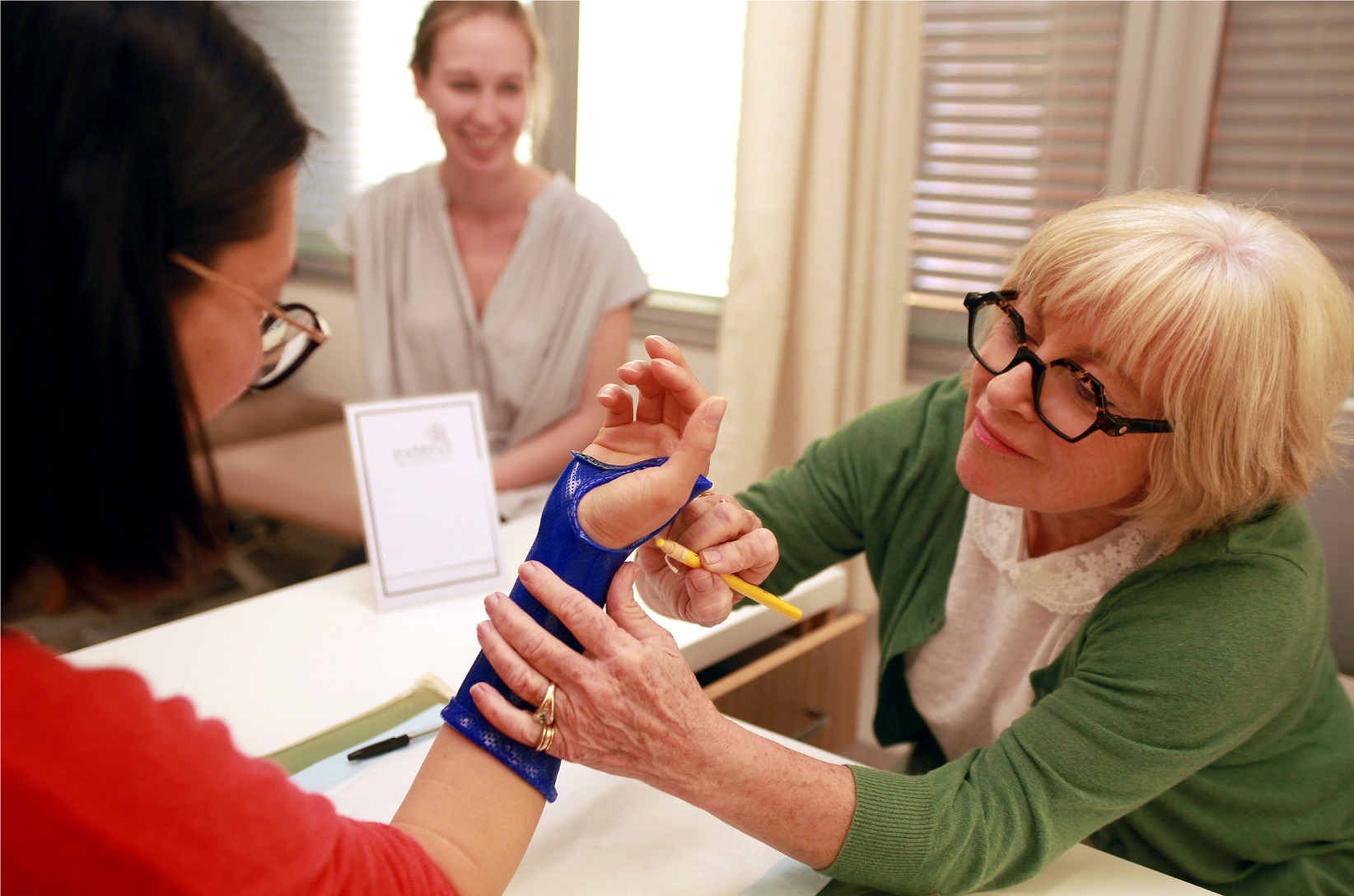Wolfgang Heiss-Dunlop, Gregory Couzens, Susan E Peters, Karl Gadd, Livio Di Mascio, Mark Ross
Journal of Hand Surgery (Am) 2014; 39(12): 2417-2423.
DOI: 10.1016/j.jhsa.2014.08.006
Purpose: To compare the inclination of the distal radioulnar joint (DRUJ) on computed tomography (CT) and plain radiography (XR) in order to assess the effect of narrowing the range of inclination used in the original Tolat classification system to identify potentially problematic reverse oblique DRUJs.
Methods: Two independent investigators compared the angle of inclination and Tolat type on matched wrist XRs in the coronal plane and CTs of the same patients with normal DRUJs. The degree of agreement between XR and CT was determined. Inter- and intra-observer reliabilities were calculated. The prevalence of the 3 inclination types of the DRUJs using Tolat’s definition was recorded. Their original quantitative definition of the parallel Tolat type 1 DRUJ included all DRUJs with a measured inclination of ±10°. We noted and compared the resultant changes in prevalence of the different DRUJ types after narrowing the inclination range to ±5° and ±3°.
Results: Highly significant correlation between CT and XR measurements were found for both observers. Despite this, the limits of agreement between CT and XR in determining the sigmoid notch inclination was –9° to 11° (±2° standard deviations from the mean difference). When measured from the CTs and using Tolat’s original algorithm, the prevalence of Tolat type 1 DRUJ was 47% (N = 34), type 2 was 51% (N = 37), and type 3 was 1% (N = 1). These percentages changed to 7% (N = 5) for type 1, 78% (N = 56) for type 2, and 15% (N = 11) for type 3 when applying narrower ranges of inclination.
Conclusions: Narrowing the range of sigmoid notch inclination that defines type 1 (parallel) DRUJs when using CT provided a more accurate representation of the morphological types. It revealed an increased number of potentially problematic type 3 DRUJs. However, the statistical limits of agreement between CT and XR suggested that high-resolution 3-dimensional imaging is required to apply the new algorithm.
Type of study/level of evidence: Diagnostic II.




